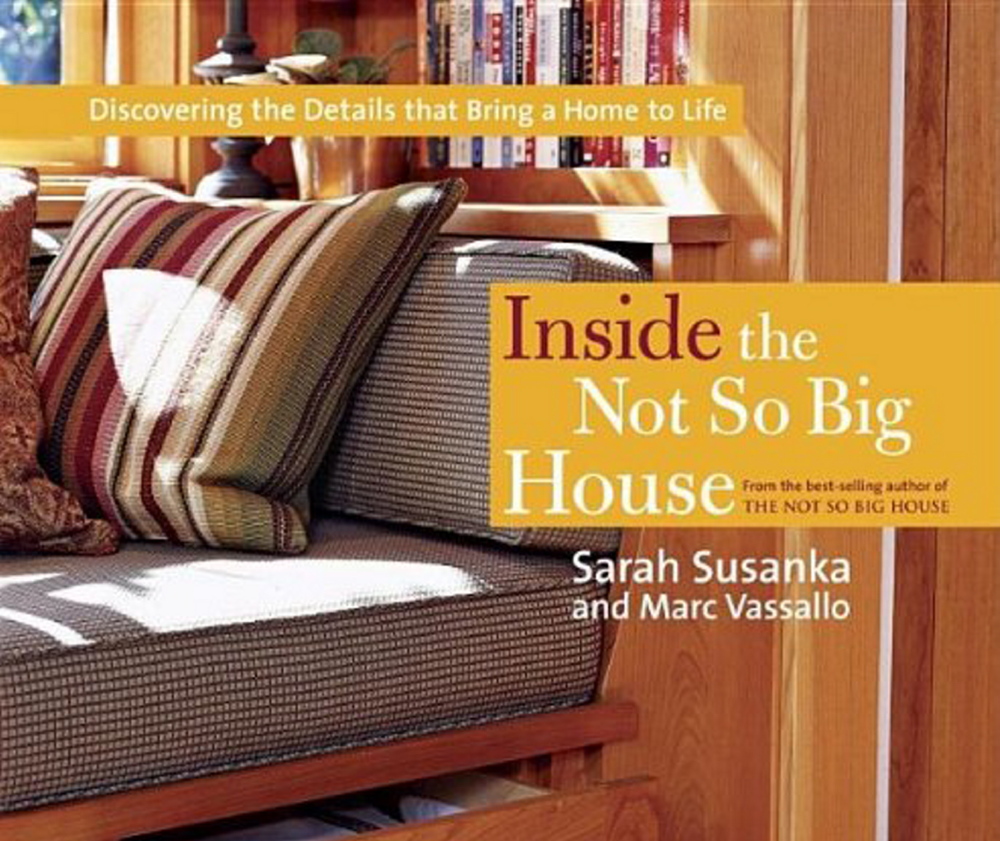From food and beverage portions to vehicles, we’re a nation with a penchant for super-sizing. Our homes have succumbed to this trend – with the average new home size growing from 983 square feet in 1950 to 2,598 in 2013. Of Maine homes sold during the first nine months of this year, only 12.6 percent were less than 1,000 square feet (according to Maine Listings). Americans now occupy more square footage per capita (roughly 800 feet) than anyone else on Earth except the Australians, about double what Swedes and Brits require.
Even as the footprint of U.S. houses has grown, family sizes have shrunk. Decades ago, it was common to have families of five to seven people sharing diminutive capes, bungalows and ranch houses. Now Maine averages 2.34 persons per household. And those residents are aging, losing their enthusiasm and capacity for home maintenance. The proportion of people over 60 in Maine is growing rapidly and could constitute one-third of the state’s population within 15 to 20 years.
The disjunct between housing desires and needs is proving costly for the planet and for individuals. The Union of Concerned Scientists ranks housing as the third most destructive human activity, closely following transportation and agriculture. Larger homes require more natural resources to build and heat, and generate more greenhouse gas emissions. They entail higher mortgage payments, taxes, utilities and insurance; and greater upkeep and maintenance.
In a precarious economy, these ongoing costs can undermine financial security and erode peace of mind. The mortgage crisis of 2008 illustrated the devastation wrought by lending policies that encourage people to indulge in a house beyond their means – upgrading to something bigger and richer as if the choice were simply between a grande latte and a medium coffee.
Through that prolonged crisis, many homes transformed from being an embodiment of dreams to being a primary stressor in lives stretched thin. Those who experienced job loss or reduced income prospects and those entering a weak job market have begun to question the “bigger is better” ethos and reassess their true needs for shelter.
The term for this trend, downsizing, carries negative connotations of enforced change due to downward mobility. Yet a growing number of people freely elect to occupy less space and own less stuff, seeing these choices as life-enhancing. This movement began long before the housing crisis, inspired by architects like Sarah Susanka (creator of the “Not So Big House” books) and builders like Jay Shafer (who helped popularize well-built tiny homes). They challenged homeowners with a simple but profound question: Which rooms and spaces do you routinely use?
Architect Dan Maggin, in his article “Square Feat: Foot Steps,” advocates taking a tape measure and literally counting up the square footage of the functional spaces in your living quarters to correctly size your true home needs. This process can reveal entire rooms that contribute little to your life (such as storage rooms and formal dining rooms – which are going the way of the Victorian front parlor).
Reassessing needs for space invariably confronts us with the volume of our belongings, inviting us to consider the counsel of British craftsman William Morris: “Have nothing in your house that you do not know to be useful, or believe to be beautiful.” Paring back to essentials, Morris reminds us, can enrich our lives.
There’s a risk, though, in equating size with virtuosity (a tendency found among some proponents of tiny houses and minimalism). Just as bigger is not always better, there’s a point at which small spaces become cramped and unworkable. The point is to ground our housing choices in genuine needs, rather than succumbing to dream house fantasies.
We like to think we’re rational in our approach to housing, but our practical needs are often tangled in a complex web of desires. My friend Sarah Holland, an architect who specializes in sustainable homes, has seen countless clients talk themselves into more space than they need (and ultimately want). A retired couple, for example, will express interest in building a compact, energy-efficient house that they can easily manage as they age. But then visions arise of Thanksgiving gatherings with the extended family, bedrooms for their adult children, play spaces for the grandchildren, and studio and workshop space to indulge hobbies. Even with an architect encouraging a smaller footprint, many people find it hard to relinquish stories of how a new space will realize dreams long unfulfilled.
Smaller homes can’t deliver on those glossy magazine images of the way life could be. But neither do grandiose houses. The past few decades have certainly taught us, as builder Shay Salomon writes, that “excessive housing has not led to excessive happiness.” If we can find greater comfort and satisfaction in smaller houses, we can help keep our planetary home habitable.
Marina Schauffler, Ph.D., is a writer who runs Natural Choices (naturalchoices.com).
Send questions/comments to the editors.




Comments are no longer available on this story